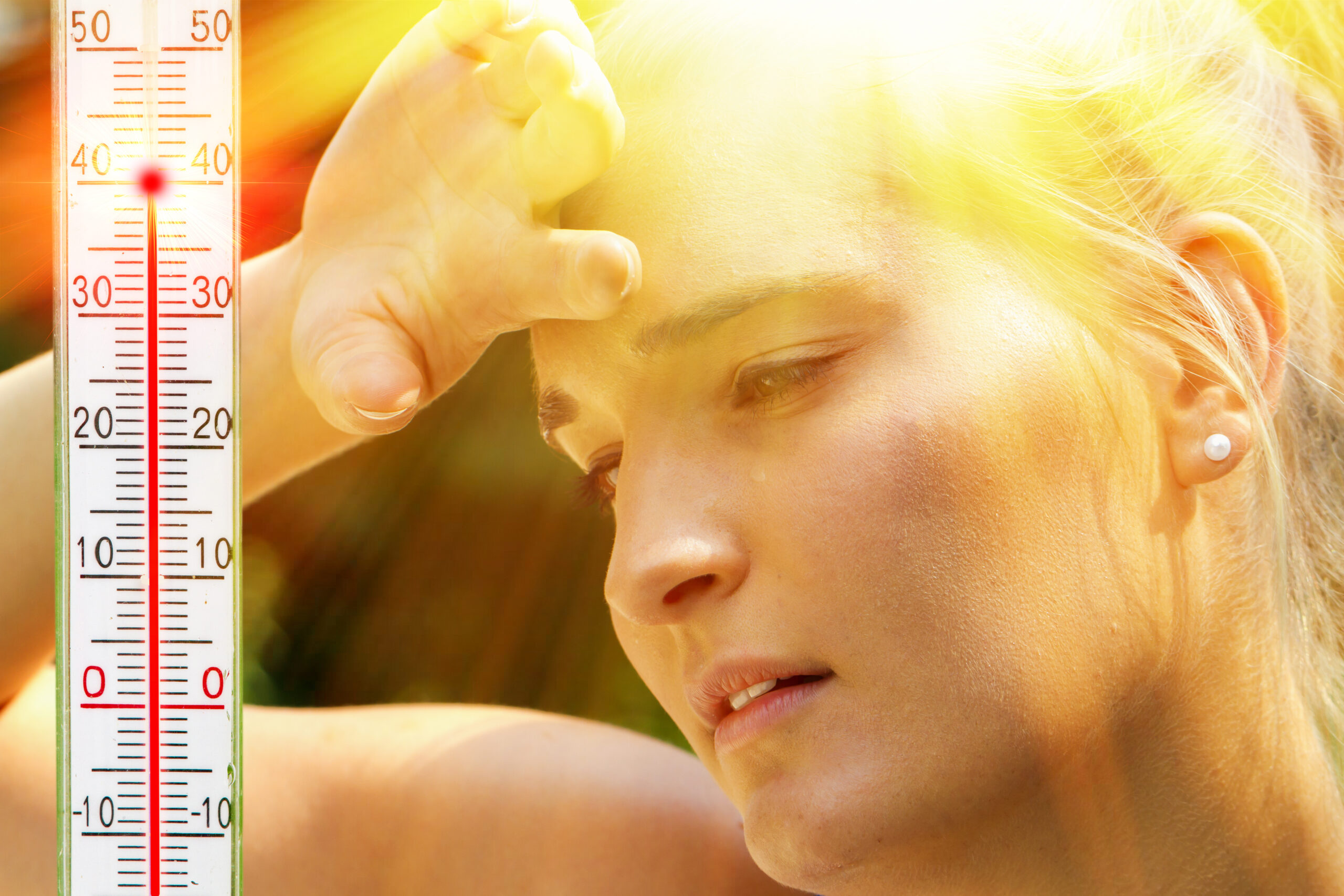Working in Hot Conditions
Heat stress and heat-related illnesses are serious they can cause serious health issues and even death.
You must manage health and safety risks by eliminating them so far as is reasonably practicable, and if this is not reasonably practicable, by minimising those risks so far as is reasonably practicable
You must consult your workers and their health and safety representatives (if any) when deciding how to manage the risks of working in heat.
Heat stress can be caused by physical exertion outdoors in hot weather or working in hot, cramped work areas that have inadequate ventilation.
Working in heat can be hazardous and can cause harm to workers.
The human body needs to maintain a body temperature of approximately 37 degrees Celsius. If the body has to work too hard to keep cool or starts to overheat a worker begins to suffer from heat-related illness.
Heat illness
occurs when the body cannot sufficiently cool itself. You absorb more heat from your environment than you can get rid of through perspiration or other cooling mechanisms. Factors that contribute to this include:
• amount of air movement
• clothing
• humidity
• physical activity (metabolic heat load)
• radiant temperature of surroundings
• temperature



